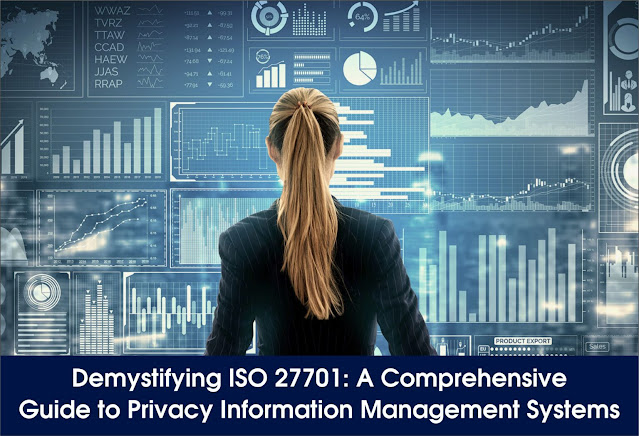What are the General Data Protection Regulation (GDPR) requirements for IT?

The General Data Protection Regulation (GDPR) imposes several requirements on IT departments and organizations to ensure the protection and proper handling of personal data. Here are the key GDPR requirements for IT: 1. Data Security Measures: Encryption and Pseudonymization: Personal data should be encrypted or pseudonymized (processed in a way that it cannot be directly linked to an individual) to enhance security. Access Controls: Implement strict access controls to ensure that only authorized personnel can access personal data. Regular Security Audits: Conduct regular security audits and assessments to identify vulnerabilities and mitigate risks. Data Minimization: IT systems should only process data necessary for the intended purpose. 2. Data Access and Control: Access Logs: Maintain access logs to track who accessed personal data, when, and for what purpose. User Permissions: Grant access to personal data based on roles and responsibilities. Regularly review and update user pe...


